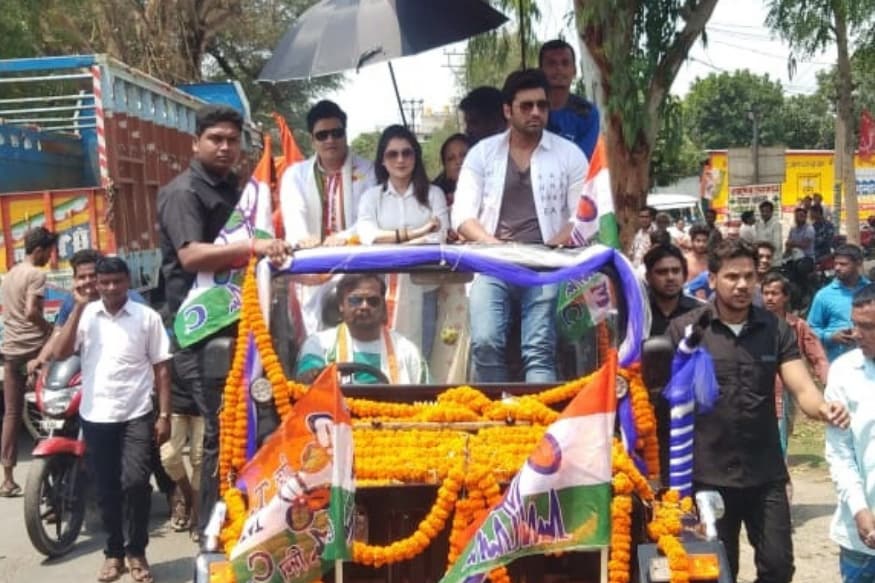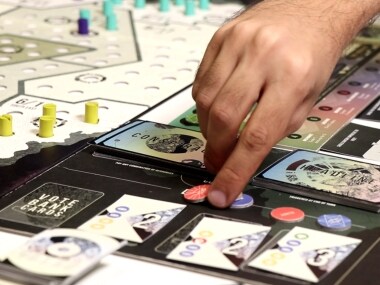96 percent of consumers who were victimized during last year had switched to mobile apps.
New research released from FIS, a financial technology services company, found that financial fraud has grown substantially since last year, with the share of victims doubling to 37 percent of respondents, and all age segments falling victim to fraudsters. Age group of 27 to 37 has been most impacted by financial fraud than other age groups.
FIS’ fifth annual PACE report, which includes over 1055 respondents from India alone, highlights that Indians have embraced digital transactions, but they are yet to learn the do’s and don’ts of sharing personal information, as social engineering and phishing emails are rampant.
There is a dramatic correlation in India between booming adoption of mobile apps, digital payments and increasing rate of financial fraud. 96 percent of Indian consumers who were victimized by financial fraud during the last year had switched to a mobile app and digital payments, from cash as mode of payment, significantly impacts country’s efforts towards financial integration.
“In the current digital banking landscape, it is imperative that the banks enhance investments in security, fraud prevention and customer education. Just as importantly, it can also enhance trustworthiness, which is currently consumers’ top priority while banking. Customers’ trust in their banks is not just a feeling or an emotion but an objective decision based on a number of expectations. However, banks can earn customers’ trust if they focus on safe and secure transactions, fraud prevention and privacy of personal information,” said Ramaswamy Venkatachalam, Managing Director, FIS, India.
Other interesting findings of the report are as follows:
Mobile apps drive engagement and innovation
Mobile apps now serve as the digital “face” for many banks, and a record 41 percent of bank interactions are now performed via mobile device. Mobile has become the default banking channel across all age groups. Looking ahead, Indian consumers want banks to invest in password-free and biometric-based banking, voice banking and wallets. 9 in 10 Indian consumers are interested in social media engagement from their PFIs.
Mobile Payments Are Now Mainstream
While cash and cards are still the preferred way to pay, mobile payments are rapidly gaining traction, especially among Gen Yers (18-26) who are a prime audience for banking providers. In fact, India is far ahead of the U.S., U.K. and Germany in mobile payment adoption. Mobile wallets that offer cash back and other incentives, are also spurring adoption.
UPI 2.0 is also a boon for merchants, as it supports the use of an overdraft account and the verification of invoices prior to payments, moving mobile payments squarely into the Small and Medium Enterprise segment.
Public Sector Banks Leap Ahead in Customer Satisfaction
Customers of top 50 global banks and private sector banks are less satisfied than they were in 2018. However, public sector banks—traditionally seen as slow to react—saw their proportion of “extremely satisfied” customers climb considerably, rocketing from the worst-performing category to the best. It’s clear that innovation is no longer restricted to a certain set of banks. About 28 percent of young Gen Yers (18-26) and 35 percent of older consumers (53+) are not satisfied with their banks.






























































